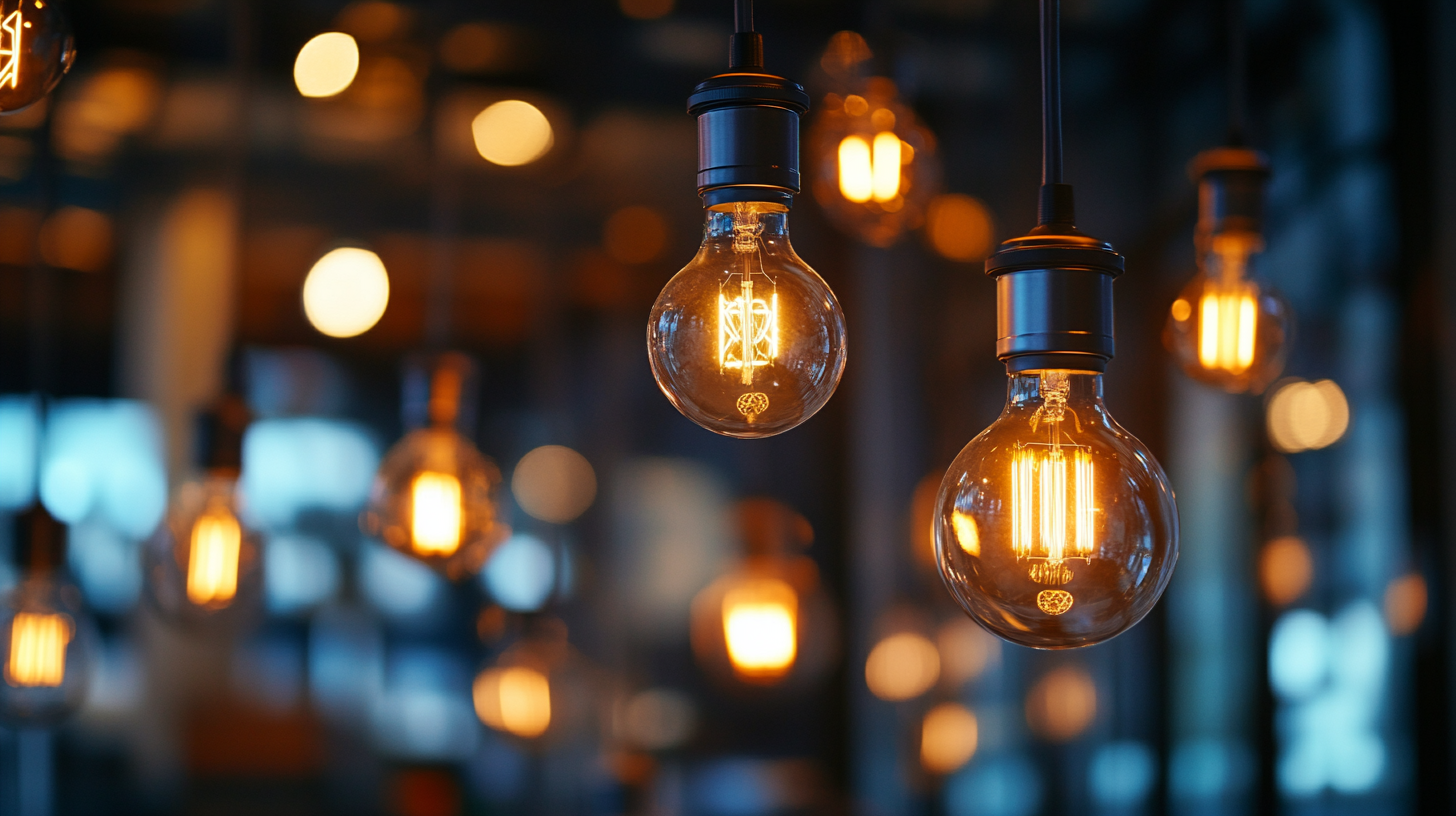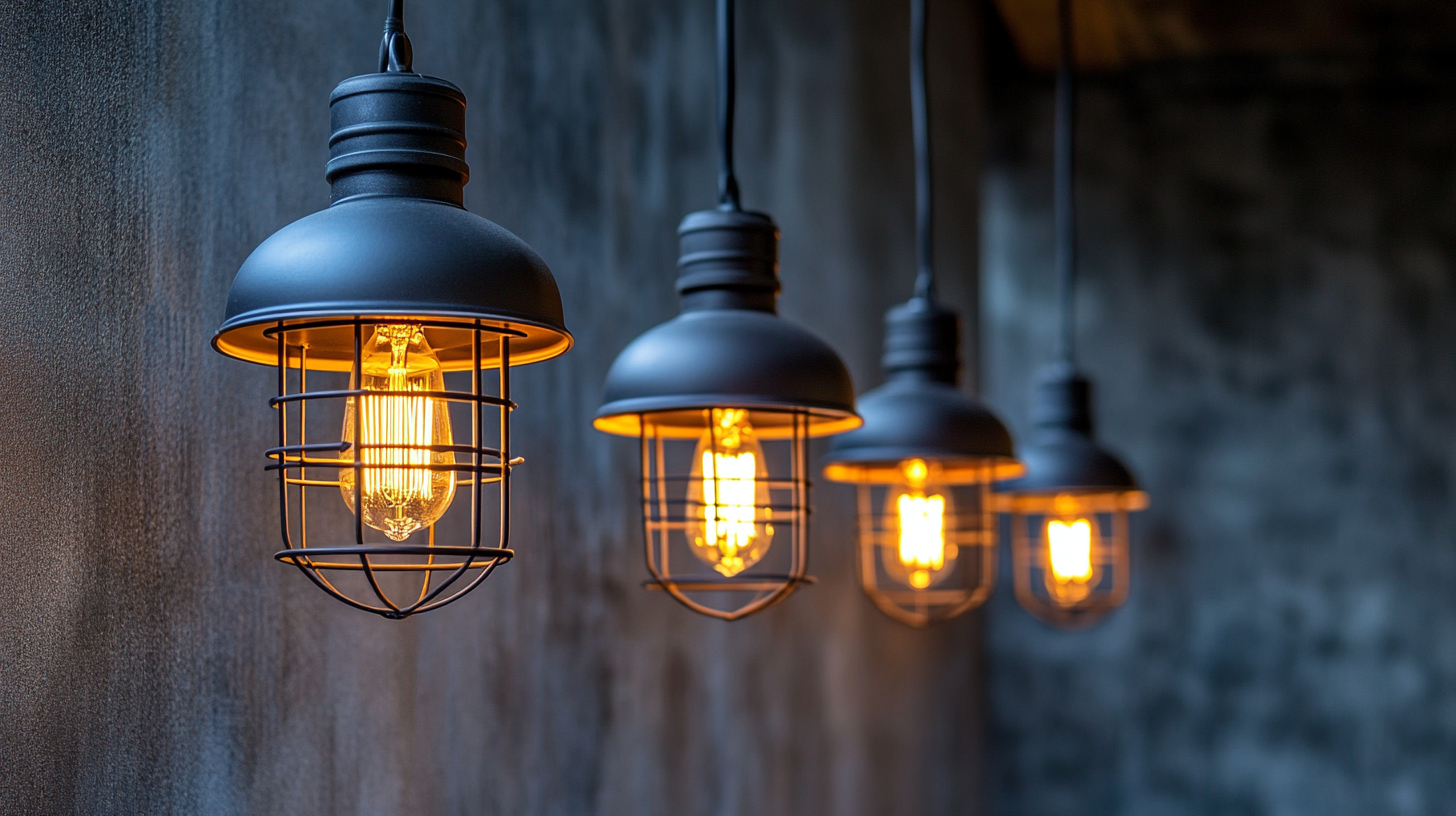Advantages of Embracing Industrial Lighting for Your Business
In today's competitive business landscape, making strategic decisions that enhance productivity and create a safe working environment is more crucial than ever. One often-overlooked aspect of this strategy is the implementation of industrial lighting. This specialized lighting solution not only illuminates workspaces but also plays a vital role in improving employee performance, safety, and overall aesthetic appeal. As businesses strive for efficiency and effectiveness, embracing industrial lighting is becoming increasingly recognized as a wise investment.
Industrial lighting features a range of design and technological advancements that cater to the unique requirements of various industries. From high-bay fixtures for warehouses to explosion-proof lighting for hazardous environments, the versatility of industrial lighting allows businesses to select solutions tailored to their specific needs. The advantages extend beyond mere visibility; effective industrial lighting can reduce energy costs, enhance operational efficiency, and contribute to the well-being of employees. By exploring the myriad benefits of adopting industrial lighting, businesses can position themselves for greater success and sustainability in an ever-evolving market.

Benefits of Enhanced Energy Efficiency Through Industrial Lighting Solutions
Embracing industrial lighting solutions offers significant advantages, particularly in terms of enhanced energy efficiency. Traditional lighting systems often consume excessive amounts of energy, leading to inflated utility bills and a larger carbon footprint. By switching to modern industrial lighting, businesses can drastically reduce their energy consumption. For instance, LED lighting technology not only uses less power but also has a longer lifespan than conventional bulbs, further decreasing the need for replacements and maintenance costs. Moreover, industrial lighting systems can be optimized for specific environments. Utilizing smart lighting solutions enables businesses to control lighting according to real-time needs, whether it's adjusting brightness levels based on occupancy or using daylight sensors for natural light maximization. Such tailored approaches ensure that energy is used efficiently, contributing to lower overall energy expenses while enhancing the operational effectiveness of facilities. Additionally, improved energy efficiency through industrial lighting also aligns with corporate sustainability goals. Many companies today prioritize eco-friendly practices, and investing in energy-efficient lighting is a crucial step towards reducing environmental impact. By adopting such solutions, businesses not only enhance their operational efficiencies but also demonstrate their commitment to sustainability, which can be an attractive factor for environmentally-conscious clients and stakeholders.

Impact of High-Quality Industrial Lighting on Employee Productivity
High-quality industrial lighting is not just a functional necessity; it is a crucial factor that significantly impacts employee productivity. According to a study by the American Society of Interior Designers, over 68% of employees report that proper lighting in the workplace enhances their performance and overall satisfaction. Natural light, in particular, has been shown to increase morale and energy levels, which can lead to higher levels of engagement at work.
Moreover, research from the Lighting Research Center indicates that improving lighting quality can boost productivity by up to 20%. The type of lighting used, such as LED fixtures that mimic natural light, contributes to reduced eye strain and fatigue, allowing employees to focus better on their tasks. These benefits underscore the importance of selecting the right lighting system for industrial environments, where attention to detail and precision is essential.
Additionally, a report from the U.S. Department of Energy suggests that upgrading to modern lighting systems can lead to energy savings of 60% or more, allowing businesses to reallocate funds towards employee-centric programs that further enhance productivity. With the dual advantage of fostering a more productive workforce and minimizing operational costs, investing in high-quality industrial lighting is a strategic move that pays dividends in the long run.

Cost-Effectiveness of Long-Lasting Industrial Lighting Systems
Embracing industrial lighting systems offers businesses a cost-effective solution that not only enhances operational efficiency but also significantly reduces energy expenses. Recent reports indicate that industrial sectors are increasingly turning to long-lasting lighting options, such as LED technology, which provides an impressive lifespan of up to 50,000 hours compared to traditional incandescent bulbs that last merely 1,000 hours. This transition can lead to substantial savings in replacement costs and maintenance, allowing businesses to allocate resources more efficiently.
Additionally, the advent of advanced industrial lighting designs, paired with the rise of energy-efficient technologies, has redefined the market landscape. A study published by Market Research Future anticipates that the global work lights market will exhibit a compound annual growth rate (CAGR) of 6.5% from 2021 to 2027. The increasing demand for safety and durability in industrial environments drives this trend, as employers prioritize solutions that can withstand the rigors of industrial settings while minimizing downtime.
Moreover, the intersection of lighting and renewable energy technologies such as perovskite solar cells is on the horizon, promising even greater cost-effectiveness. With their power conversion efficiency (PCE) improving rapidly, as highlighted in recent reports, these solar cells present a viable opportunity for businesses to power their industrial lighting sustainably. When combined with energy-efficient lighting solutions, businesses can not only cut down on operational costs but also enhance their commitment to environmental sustainability, positioning themselves favorably in an increasingly eco-conscious market.

Improving Workplace Safety with Proper Industrial Lighting Design
Incorporating proper industrial lighting design into the workplace significantly enhances safety and productivity. According to the Occupational Safety and Health Administration (OSHA), over 20,000 workplace injuries occur each year due to inadequate lighting. Ensuring that every corner of the workspace is well-lit can prevent accidents and hazards, making it crucial for businesses to prioritize lighting design.
A study published by the Illuminating Engineering Society (IES) reveals that adequate lighting can reduce accidents by as much as 40%. When employees can clearly see their surroundings, the likelihood of slips, trips, and falls decreases significantly. Furthermore, strategic placement of lights minimizes shadows and creates a more visually accessible environment, allowing workers to operate machinery and handle materials more effectively.
Moreover, industrial lighting can also contribute to employee morale and wellness. A well-illuminated workspace can reduce eye strain and fatigue, leading to better focus and efficiency. Research indicates that employees in properly lit spaces report higher job satisfaction, which can result in lower turnover rates. A dedicated approach to industrial lighting thus not only fosters safety but also cultivates a healthier and more engaged workforce, a critical aspect of business success in today’s competitive landscape.
The Role of Eco-Friendly Industrial Lighting in Sustainability Initiatives
The increasing focus on sustainability has propelled eco-friendly industrial lighting to the forefront of business strategies. According to the U.S. Department of Energy, lighting accounts for approximately 18% of the total electricity consumption in commercial buildings. By adopting energy-efficient lighting solutions, organizations can significantly reduce their energy usage, leading to lower operational costs and a smaller carbon footprint. For instance, LED lights, which consume up to 75% less energy compared to traditional incandescent bulbs, not only enhance efficiency but also boast a lifespan of up to 50,000 hours, reducing the frequency and costs associated with replacements.
In addition to energy savings, eco-friendly industrial lighting contributes to corporate social responsibility (CSR) efforts. A report by McKinsey highlights that 66% of consumers are willing to pay more for sustainable brands, demonstrating a clear market shift towards environmentally responsible choices. This consumer trend encourages businesses to invest in sustainable practices, positioning themselves as leaders in their industry while simultaneously appealing to a growing demographic of eco-conscious buyers.
Furthermore, adopting industrial lighting solutions that utilize renewable energy sources, such as solar panels integrated with LED lighting systems, can offer additional benefits. The Solar Energy Industries Association estimates that the use of solar energy can further reduce electricity costs by 75% for businesses that make the switch, thereby facilitating a more sustainable operational model. This approach not only underscores a commitment to sustainability but also aligns with governmental incentives aimed at promoting green technologies, making it a prudent investment for forward-thinking businesses.

